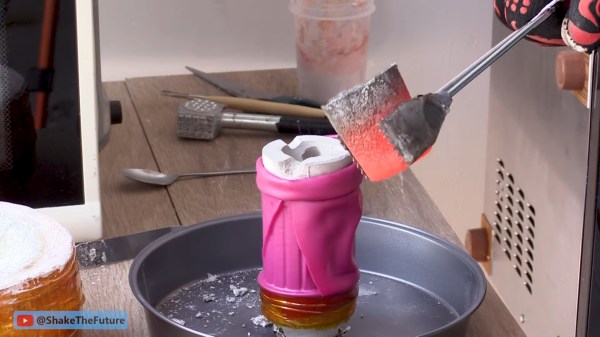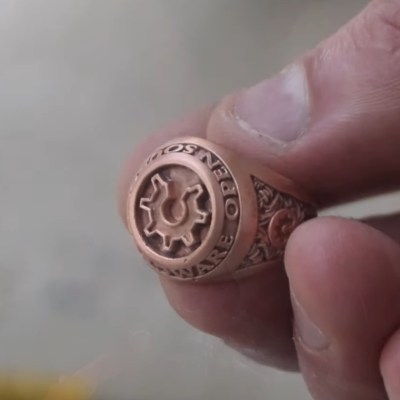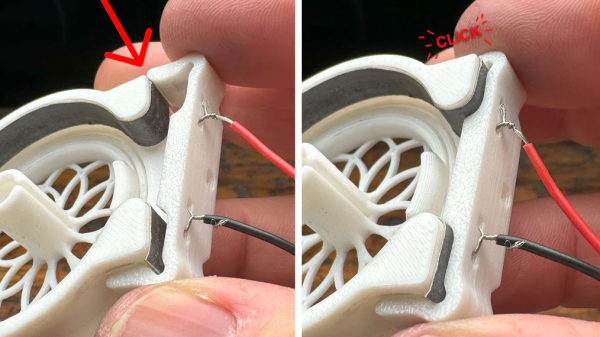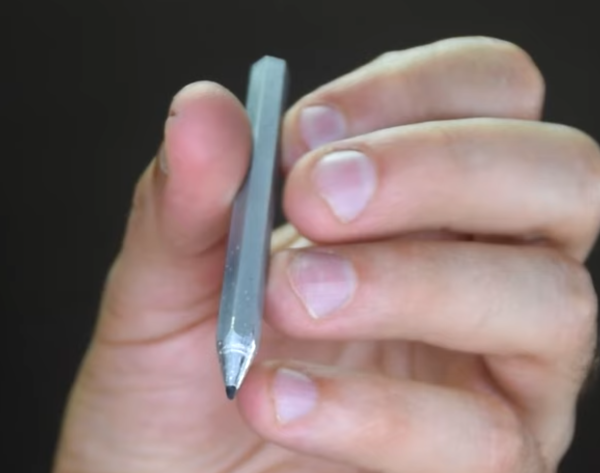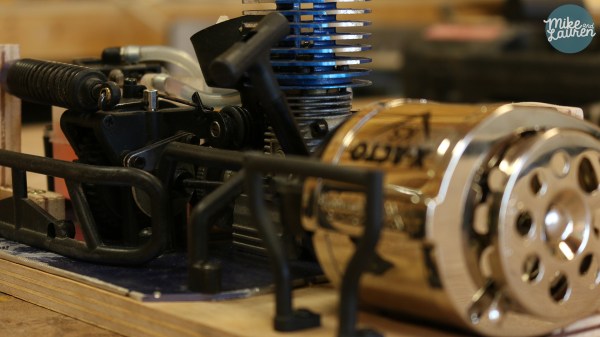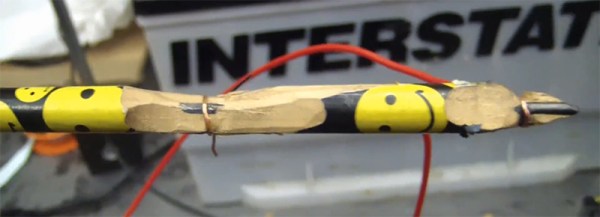Computers and cellphones can do so many things, but sometimes if you want to doodle or take a note, pencil and paper is the superior technology. You could carry a device and a pocket notebook, or you could combine the best of analog and digital with the KeyMo.
[NuMellow] wanted a touchpad in addition to a keyboard for his portable terminal since he felt Raspbian wouldn’t be so awesome on a tiny touchscreen. With a wider device than something like Beepy, and a small 4″ LCD already on hand, he realized he had some space to put something else up top. Et voila, a cyberdeck with a small notebook for handwritten/hand drawn information.
The device lives in a 3D printed case, which made some iterations on the keyboard placement simpler, and [NuMellow] even provided us with actual run time estimates in the write-up, which is something we often are left wondering about in cyberdeck builds. If you’re curious, he got up to 7.5 hours on YouTube videos with the brightness down or 3.5 hours with it at maximum. The exposed screen and top-heaviness of the device are areas he’s pinpointed as the primary cons of the system currently. We hope to see an updated version in the future that addresses these.
If you’d like to check out some other rad cyberdecks, how about a schmancy handheld, one driven by punch cards in a child’s toy, or this one with a handle and a giant scroll wheel?


